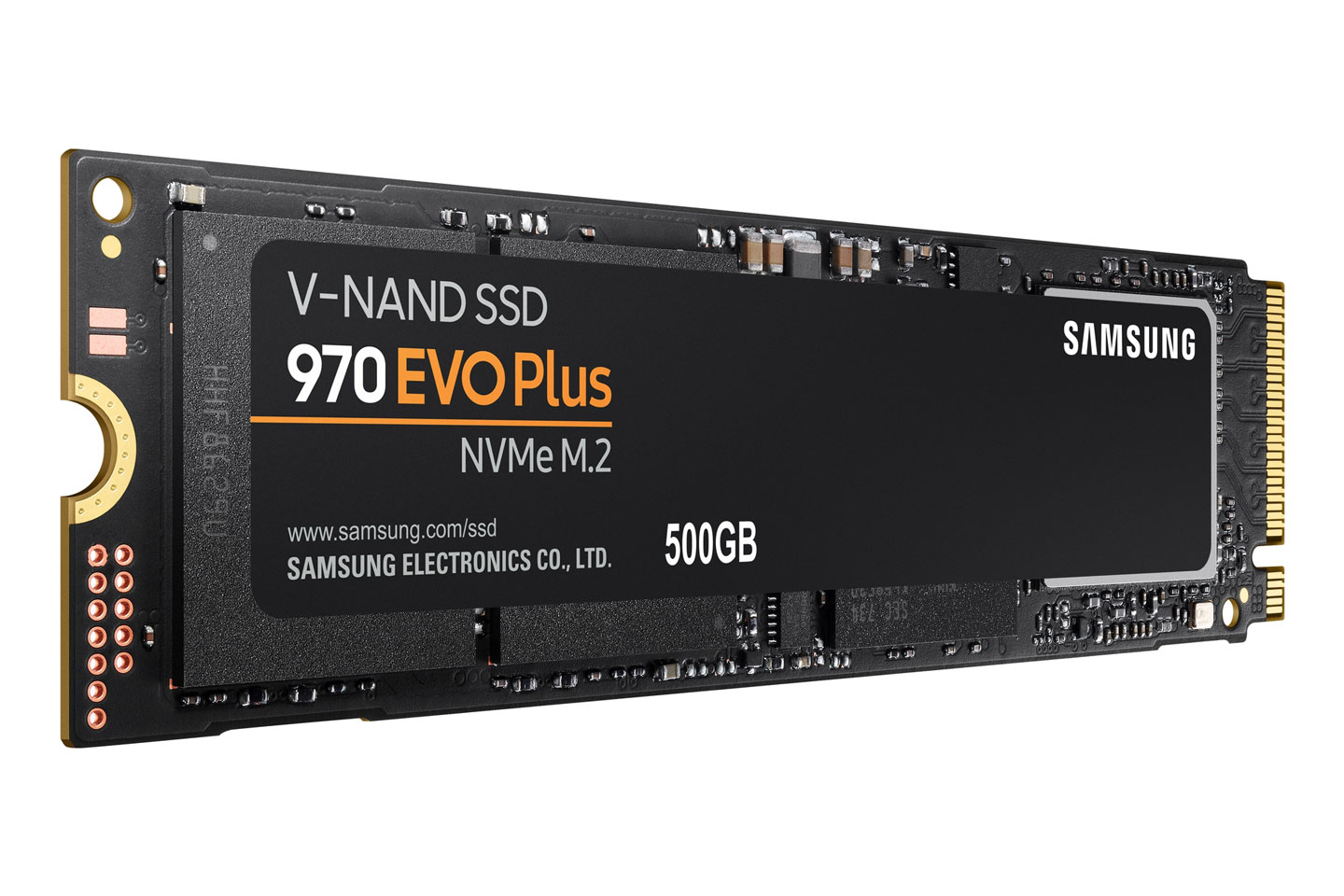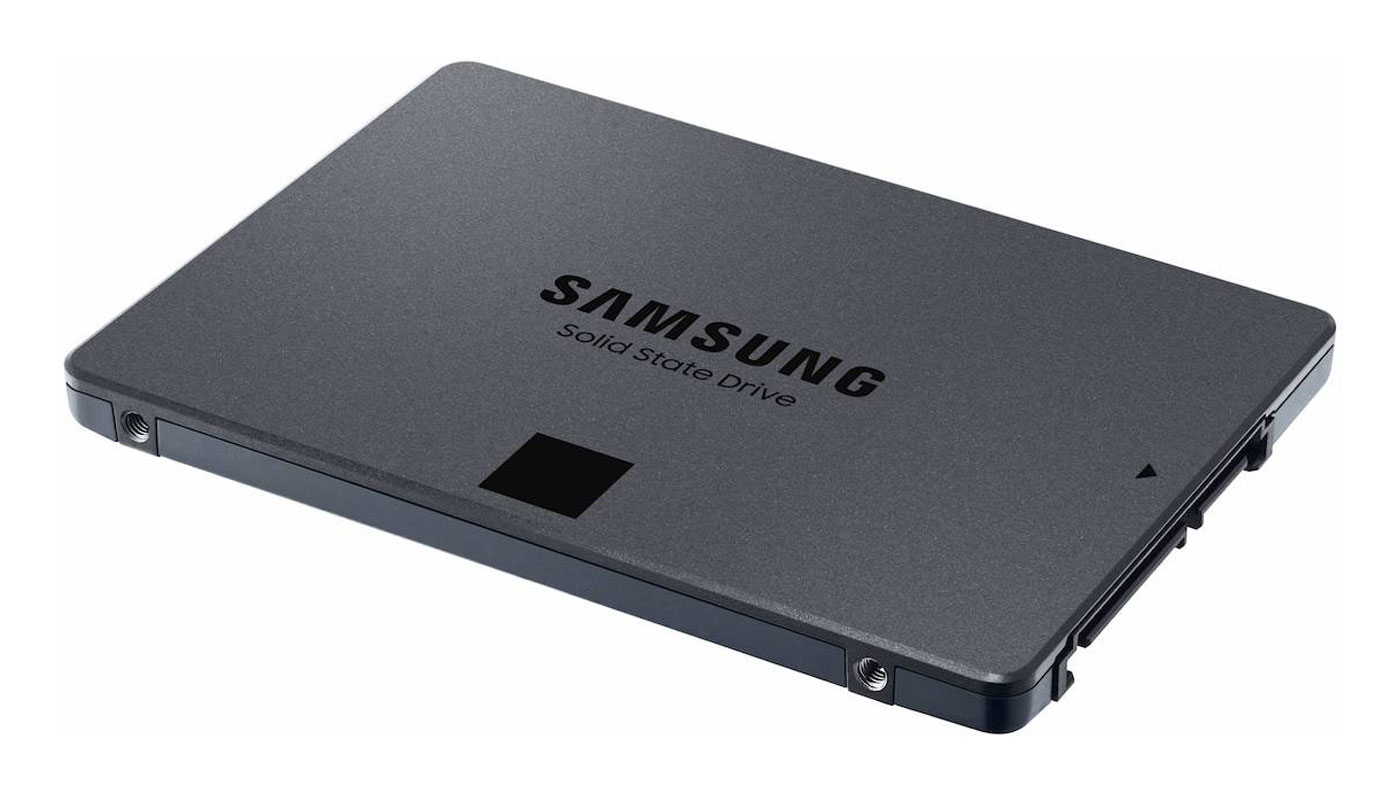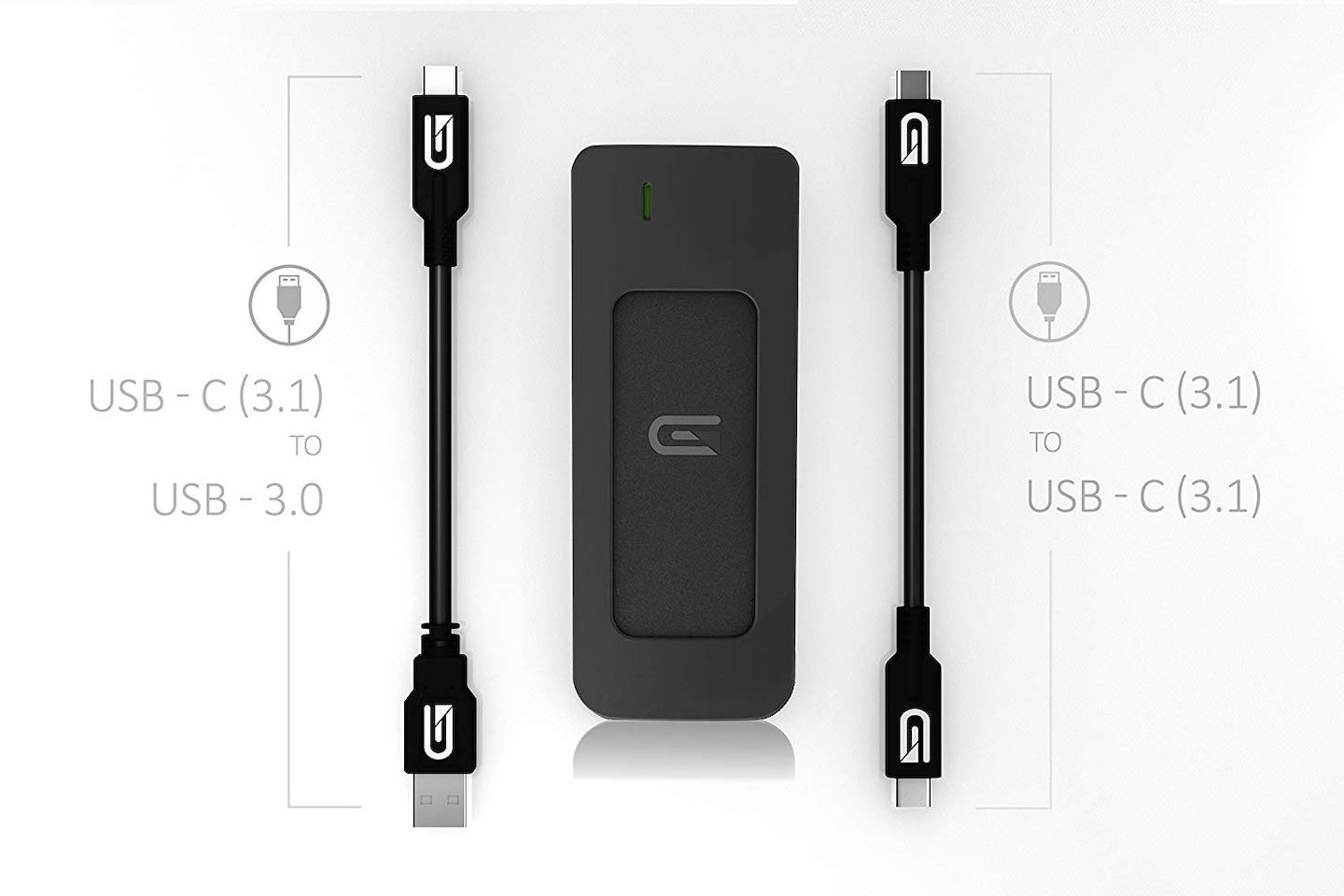In this post, you’ll learn about the best external SSDs for music production. These fast and reliable solid-state drives are well-suited for streaming large sample libraries, real-time recording, project archival, and more.
Why SSDs are Important for Music Production
Before we dive into the recommended external SSDs for music production, let’s first discuss why solid-state drives are important in the first place. In the context of music production, solid-state drives are superior to their mechanical HDD counterparts for two main reasons – speed and durability.
- Modern music production often requires the use of large sample libraries. These sample libraries often load the “attack” of the individual audio files into RAM, but the rest of the sample is streamed from disk. Since SSDs are so fast, there’s less risk of audio glitching out due to lack of bandwidth.
- Unlike mechanical disks, SSDs don’t have any moving parts. This means they’re more durable and reliable, especially for musicians and producers who need to travel often.
Alright, now let’s go through the best external SSDs for music production!
Samsung 970 EVO Plus SSD
If pure speed is what you crave, look no further than the Samsung 970 EVO Plus SSD. Unlike the SATA-powered Samsung 870 series, the 970 EVO Plus uses an NVME connection, which provides much higher bandwidth. Compared to the 870 QVO’s maximum read speed of 550 MB/s, the 970 EVO is capable of 3,500 MB/s – that’s almost 7x faster. The 970 EVO Plus is available in various capacities from 250 GB to 2 TB.

Samsung 970 EVO Plus NVME SSD
With that said, you are unlikely to see 3,500 MB/s when using the Samsung 970 EVO Plus in an external enclosure. The popular Fledging USB 3.1 enclosure is capable of speeds in the 600 MB/s range, while the Orico USB 3.1 enclosure has been clocked at 700 MB/s by PC World. I prefer the Fledging enclosure due to its superior build quality and anodized aluminum casing.
So, why should you get the Samsung 970 EVO Plus over the 870 QVO when they offer similar performance when mounted inside an external enclosure? The answer is “future-proofing”. The 250 GB model of the 970 Evo Plus is only $15 more expensive than the 870 QVO – that’s 5 cups of coffee at Starbucks for 7x more speed. With a theoretical top speed of 3,500 MB/s, the 970 EVO Plus will allow you to take advantage of faster connections in the future. For example, a demonstration of the upcoming USB 3.2 2x2 connection showed an average transfer rate of 1.6 GB/s. That’s 1,600 MB/s, which is 3x the maximums speed of the 870 QVO, but only 50% of the 970 EVO Plus’ max speed of 3,500 MB/s.
Samsung T7 Portable SSD
The Samsung T7 Portable SSD is a great option for those who don’t want to mess around with external enclosures. While the T7 doesn’t offer as much raw performance as the 970 EVO Plus (1,050 MB/s vs. 1,600 MB/s read speeds), it’s still more than fast enough for most music production scenarios.

The Samsung T7 Portable SSD.
For computers that support USB 3.2 Gen2 and UASP, the T7 is capable of 1,050 MB/s reads and 1,000 MB/s writes. Unless you absolutely need the top performance of the 970 EVO, I’d recommend going with the Samsung T7 just because it ships with a shock-resistant and tested enclosure. The Samsung T7 is available in 500 GB, 1 TB, and 2 TB capacities. If you’re looking for an SSD with 4 TB or 8 TB of disk space, check out the Samsung 870 QVO listed below instead.
Samsung 870 QVO SSD
For those who require high-capacity SSD storage, the 870 QVO is Samsung’s latest QLC (quad-level cell) SSD, and it’s available in 1 TB, 2 TB, 4 TB, and 8 TB capacities. Compared to the previous generation 860 EVO SSD, the 870 QVO offers improved random access speeds and sustained performance. You can think of the 870 QVO as a refinement of the 860 EVO instead of a revolutionary new product. In terms of maximum transfer speeds, you can expect to see read speeds of 560 MB/s and write speeds of 530 MB/s.

The Samsung 870 QVO SSD.
To connect the 870 QVO SSD to your computer, I’d recommend the Startech SATA to USB 3.1 adapter (USB-A, USB-C). Since SATA SSDs already have a layer of protective casing, using an adapter is more convenient than putting the drive in an enclosure. However, if your use case requires maximum protection, getting a proper enclosure like the ADATA ED600 is a good idea.
Glyph Atom SSD
If you prefer a solution that doesn’t require dealing with enclosures and adapters, the Glyph Atom SSD is a solid choice. Glyph has been in the storage business for over a decade, and it’s primary focus is building “rock-solid” storage products for “professional content creators around the world”.
The Glyph Atom SSD is available in various capacities from 250 GB to 2 TB, and features a maximum transfer rate of 560 MB/s. It comes with a rugged enclosure to protect the SSD in day to day use, and comes preformatted with HFS+. While the 870 QVO SSD is much cheaper per gigabyte, the Glyph Atom SSD is the one to get if you want a truly plug and play external SSD.

Glyph Atom SSD
For enthusiasts who require maximum performance, Glyph also makes the Atom RAID SSD. This RAID-enabled external SSD is available in capacities from 500 GB to 4 TB, and features a maximum speed of 950 MB/s – approximately 2x faster than the non-RAID Atom SSD.
Conclusion
The Samsung 970 EVO Plus, Samsung T7 Portable SSD, Samsung 870 QVO SSD, and Glyph Atom are four excellent external SSDs for musicians and producers. Whether you’re a live performer looking for a fast drive to store sample libraries or a recording engineer looking for a reliable drive to capture performances, these three SSDs will help you get your job done.
If you have any questions about any of the SSDs mentioned in this post, feel free to send me an email or get in touch with me on Twitter!